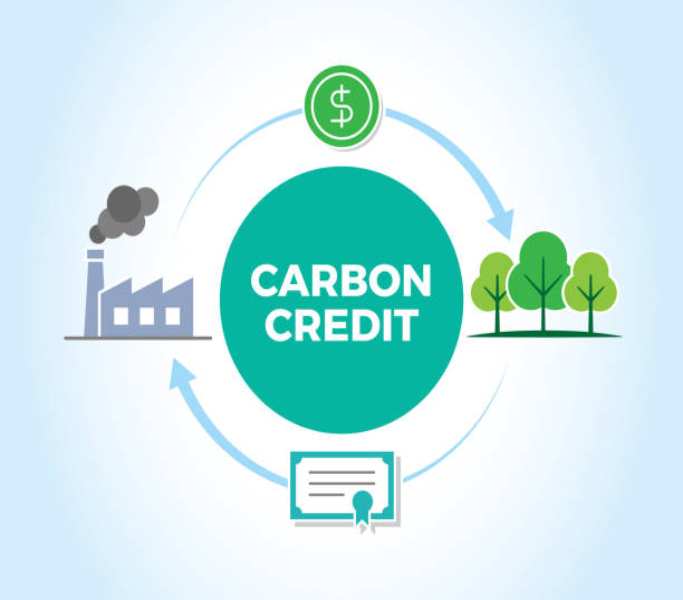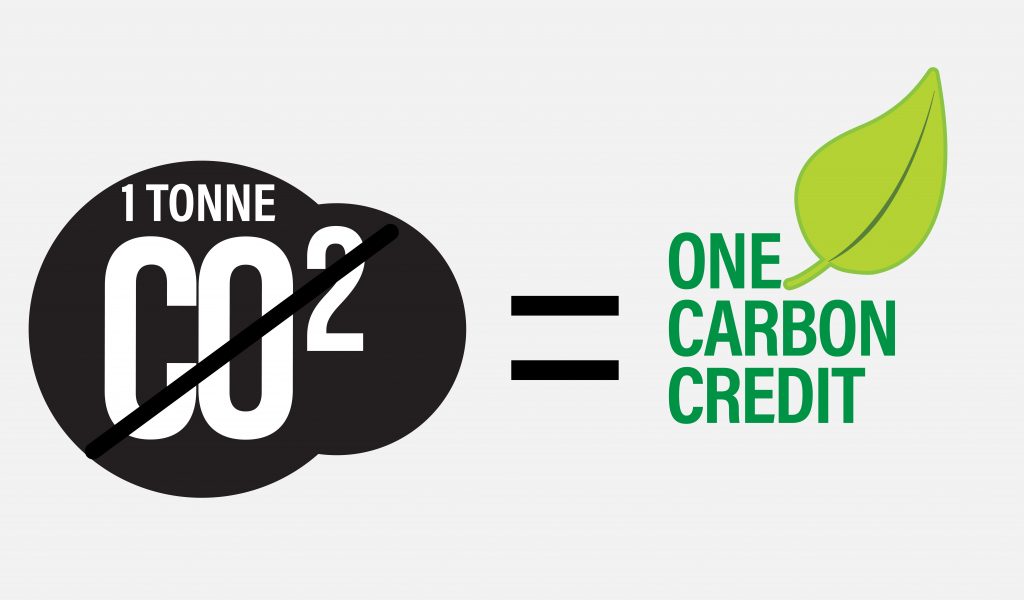



Renewable Energy Credits (RECs)
These credits represent a reduction in greenhouse gas emissions and are used by companies to meet regulatory or voluntary carbon reduction goals.




RECs are tradable, non-tangible energy commodities representing proof that one megawatt-hour (MWh) of electricity was generated from an eligible renewable energy resource and fed into the shared system of power lines that transport energy.
Compliance Markets: These markets are created by state policies known as Renewable Portfolio Standards (RPS), which mandate that a certain percentage of electricity must come from renewable resources. Utilities and other electricity suppliers purchase RECs to meet these standards.
Voluntary Markets: Voluntary Markets: In these markets, businesses, organizations, and individuals voluntarily purchase RECs to claim the use of renewable energy and reduce their carbon footprints. This is often part of corporate sustainability strategies or personal commitments to environmental stewardship.
Environmental Impact: Purchasing RECs supports renewable energy projects and helps decrease the overall carbon footprint.
Corporate Sustainability: Companies can meet their renewable energy goals, earn sustainability certifications, and improve their public image.
Market Growth: The sale of RECs provides financial support for new renewable energy projects, encouraging the expansion of clean energy production.
Generation: When renewable energy is generated, RECs are created. For example, for some markets, every 1000kwh generated by a solar system generates 1 Solar renewable energy credit.
Certification: The generated RECs are certified by independent organizations to ensure they meet standards.
Trading: These RECs can be sold in compliance and voluntary markets.
Retirement: Once purchased, RECs are retired to claim the environmental benefits, preventing double-counting.
A Renewable Portfolio Standard (RPS) is a law that requires electric utilities in a state to generate a certain percentage of electricity from renewable sources by a specific date. A utility company can be subject to hefty fines if it fails to meet these goals.
Because of those fines, utilities are inclined to offer perks to homeowners to meet the RPS targets. The RPS is also used to determine the amount and type of incentives available for solar buyers. Twenty-four states (including the District of Columbia) have current RPS laws, and seven additional states have laws that have passed their target dates. Six states have current or former voluntary renewable energy goals instead of mandates.